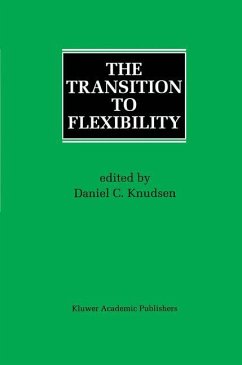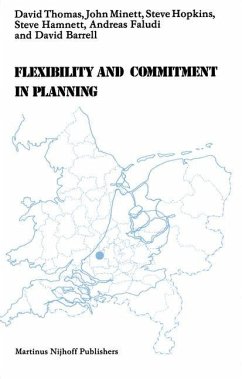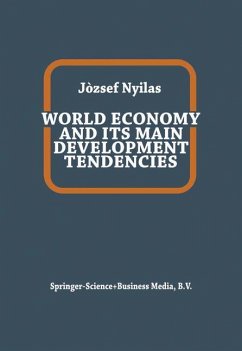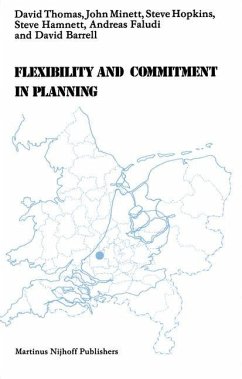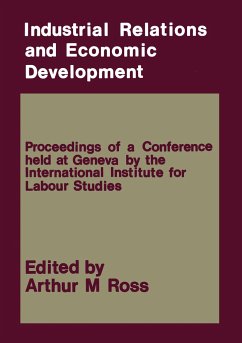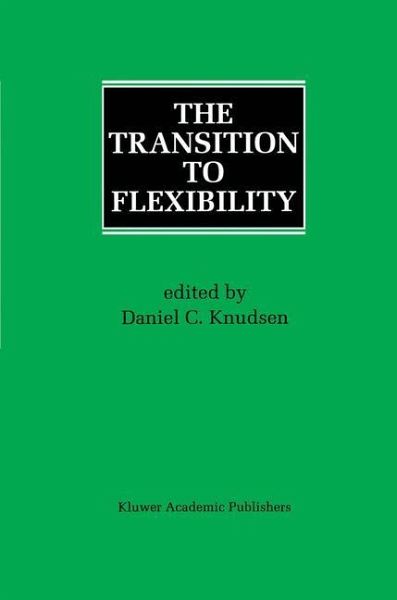
The Transition to Flexibility
Versandkostenfrei!
Versandfertig in 1-2 Wochen
77,99 €
inkl. MwSt.

PAYBACK Punkte
39 °P sammeln!
The advanced capitalist nations are currently undergoing an enormous economic, social, and political transformation. At the heart of this transformation is the transition between large scale, standardized production (Fordism) and new, more flexible approaches to manufacturing (flexibility), and a concomitant extension of manufacturing to include products both concrete (goods) and ephemeral (services). This volume explores the consequences of this transition from the standpoints of technology, labor relations, firm strategy, education, government programs, and geography. The book is a collecti...
The advanced capitalist nations are currently undergoing an enormous economic, social, and political transformation. At the heart of this transformation is the transition between large scale, standardized production (Fordism) and new, more flexible approaches to manufacturing (flexibility), and a concomitant extension of manufacturing to include products both concrete (goods) and ephemeral (services). This volume explores the consequences of this transition from the standpoints of technology, labor relations, firm strategy, education, government programs, and geography.
The book is a collection of papers by well-known scholars investigating the current global transition from mass consumption and production to flexible production for niche markets. The book is unique in that it not only discusses standard economic concerns, but also investigates the social and political implications of this transition. Each chapter is concerned with a different aspect of the same restructuring process.
The book is a collection of papers by well-known scholars investigating the current global transition from mass consumption and production to flexible production for niche markets. The book is unique in that it not only discusses standard economic concerns, but also investigates the social and political implications of this transition. Each chapter is concerned with a different aspect of the same restructuring process.





